The Hydrate Inhibitors Market is currently characterized by a dynamic competitive landscape, driven by the increasing demand for efficient solutions in oil and gas extraction processes. Key players are actively engaging in strategic initiatives to enhance their market positioning. For instance, BASF SE (DE) has been focusing on innovation and sustainability, developing advanced hydrate inhibitors that align with environmental regulations. Similarly, Halliburton Company (US) is emphasizing digital transformation, integrating AI technologies to optimize hydrate management solutions. These strategies collectively contribute to a competitive environment that is increasingly centered around technological advancement and sustainability.
In terms of business tactics, companies are localizing manufacturing and optimizing supply chains to enhance operational efficiency. The market structure appears moderately fragmented, with several key players exerting influence over specific regions. This fragmentation allows for a diverse range of products and services, catering to various customer needs while fostering competition among established and emerging players.
In November 2025, Clariant AG (CH) announced a strategic partnership with a leading oil and gas company to co-develop next-generation hydrate inhibitors. This collaboration is expected to leverage Clariant's expertise in specialty chemicals and the partner's extensive industry experience, potentially leading to innovative solutions that address the challenges of hydrate formation in deepwater drilling. The strategic importance of this partnership lies in its potential to enhance Clariant's product portfolio and market reach.
In October 2025, Baker Hughes Company (US) launched a new line of hydrate inhibitors designed specifically for offshore applications. This product introduction is significant as it addresses the unique challenges faced in offshore environments, where hydrate formation can severely impact production efficiency. By focusing on this niche, Baker Hughes aims to strengthen its competitive edge and cater to the growing demand for specialized solutions in the offshore sector.
In September 2025, Ecolab Inc. (US) expanded its hydrate management services through the acquisition of a technology firm specializing in real-time monitoring solutions. This acquisition is likely to enhance Ecolab's capabilities in providing comprehensive hydrate management solutions, integrating advanced monitoring technologies with chemical treatments. The strategic move underscores Ecolab's commitment to innovation and its focus on delivering value-added services to its clients.
As of December 2025, current competitive trends in the Hydrate Inhibitors Market are increasingly defined by digitalization, sustainability, and the integration of AI technologies. Strategic alliances are playing a crucial role in shaping the landscape, enabling companies to pool resources and expertise for enhanced innovation. Looking ahead, competitive differentiation is expected to evolve, with a notable shift from price-based competition towards a focus on technological innovation, supply chain reliability, and sustainable practices. This evolution suggests that companies that prioritize these aspects will likely gain a competitive advantage in the market.
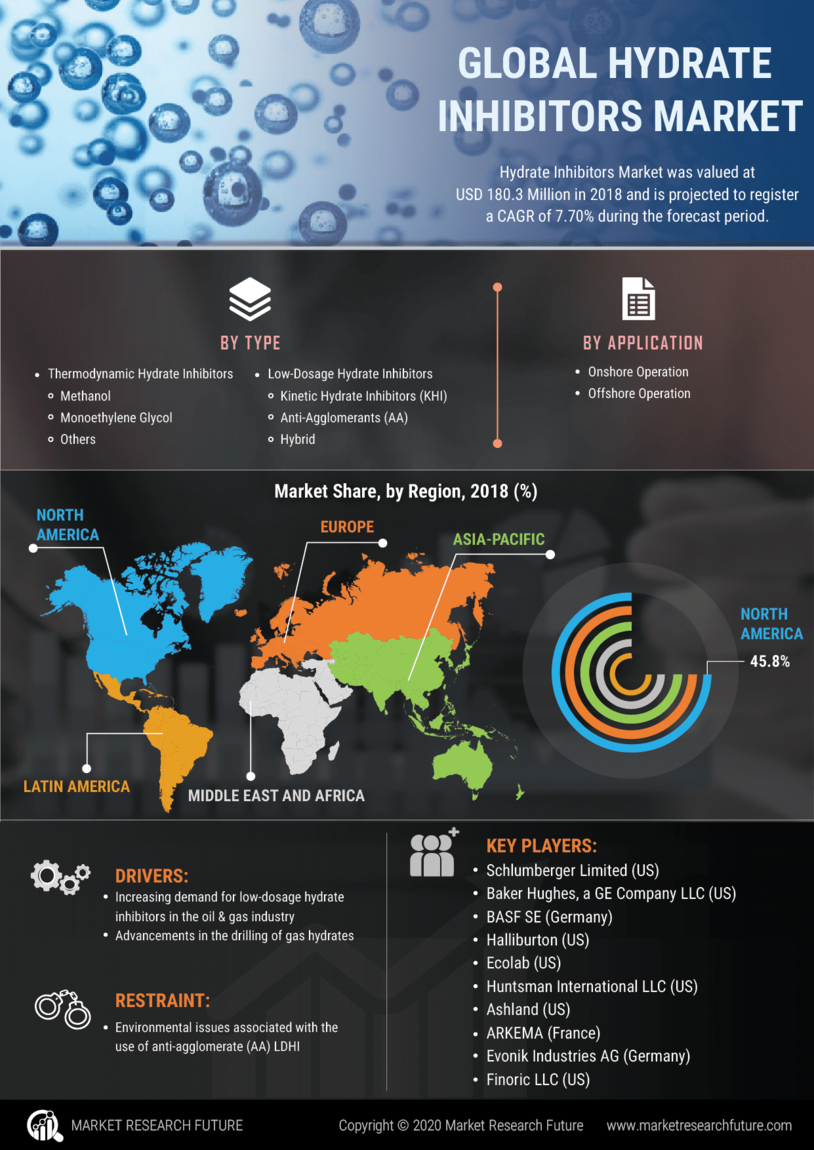

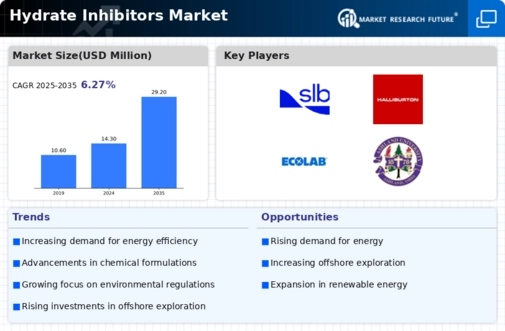
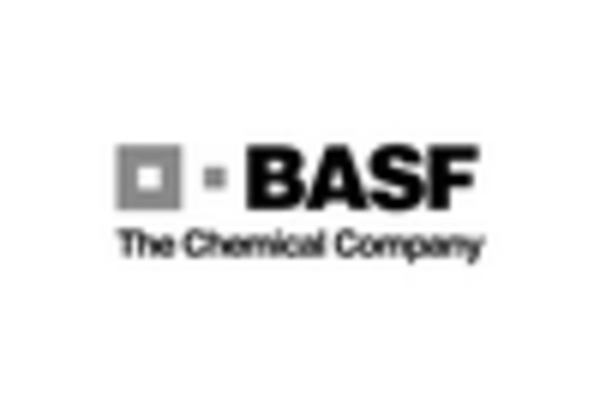

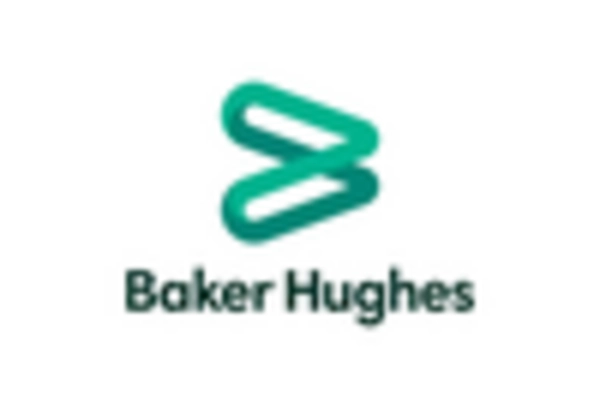
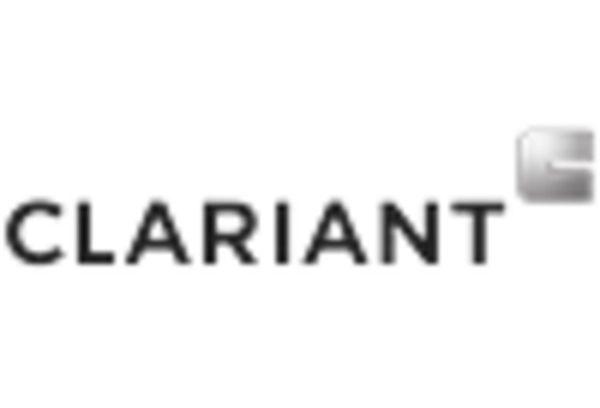
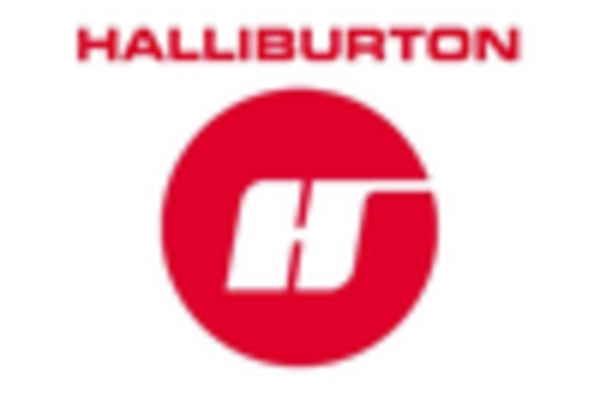
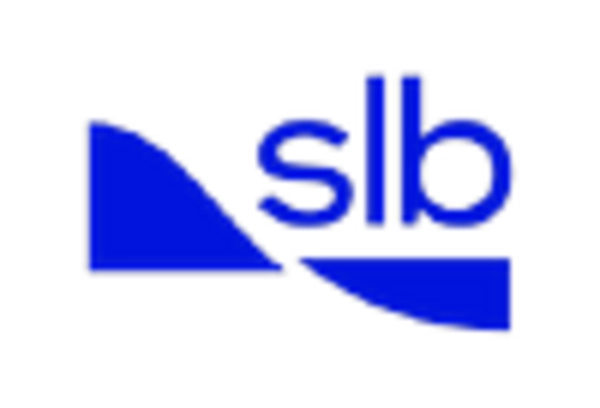








Leave a Comment